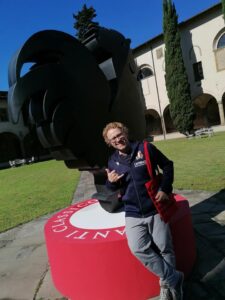We joined Bernard Pineau (Sustainable Viticulture Manager at Martell Mumm Perrier-Jouët) in the vineyards. Bernard took us to some of the north-facing slopes in Verzenay and Mailly.
Not only is it harvest time, but it’s also the end of a very difficult growing season. The Champagne region was hit with spring frosts, and heavy summer rains which has led to mildew fungus.
The Chef de Caves Laurent Frenet, who also joined us later, says ‘The best areas are the north and south of the Montagne de Reims, especially the black grapes.” and “…the best quality and quantity are coming from Verzenay, Verzy, Ambonnay and Bouzy this year..”
G.H Mumm currently owns 215 hectares of vineyards in some of the finest terroirs in Champagne which are rated 98% on the champagne quality scale. These micro-terroirs are located in Aÿ, Bouzy, Ambonnay, Verzy, Verzenay, Avize, Cramant and Mailly-Champagne. Mumm makes arrangements, each year, to purchase grapes from independent growers to meet their needs.
Bernard, who heads up the sustainable development objectives for 2030, explains that he has moved away from chemicals “weed control and systematic treatments are over…It’s now all about observation.” He has set up experimental programs in regenerative agriculture in some of their vineyards.
Bernard goes on to say, “we’re looking at the best that can be found among organic, biodynamic and agroforestry techniques.” He wants to reduce chemical inputs without “restricting to organic farming, which is too reliant on copper.”
Bernard goes on to explain that regenerative viticulture has shown to improve sub-surface microbial life, and root health and having a complex system of cover crops with grass and clover ensures that “weeds don’t get a foothold”. These plant covers are planted just after the harvest by direct drill. Bernard goes on to say “This reduces the carbon footprint and keeps carbon in the ground ..keeps the nutrients in the ground.”
“The ground is the motor, and you have to fuel it with (this) with energy”
Bernard and his team’s strategy:
- Fertilizing the ground with natural oils and other natural processes – no herbicides have been used for the past three years;
- Use AI [Bitobot – atomatic care of the grass]; and
- Adapting the ground to global warming.
Bernard Pineau (Sustainable Viticulture Manager at Martell Mumm Perrier-Jouët) clearly states: “Regenerative viticulture is the best model – we are convinced” “It is already working for potato and the cereal industry.”
#france #champagne #mumm #mummchampagne #verzenay #maisonmumm #verzenay #ghmumm #windmill #pinotnoir #vineyards #grandcru #pinotmeunier #chardonnay #champagne #champagnelovers #winelover #wineexperience #winetravel #winelovers #winedestinations #vendange #wineharvest #winemaker #sustainable #sustainableviticulture #regenerativeviticulture


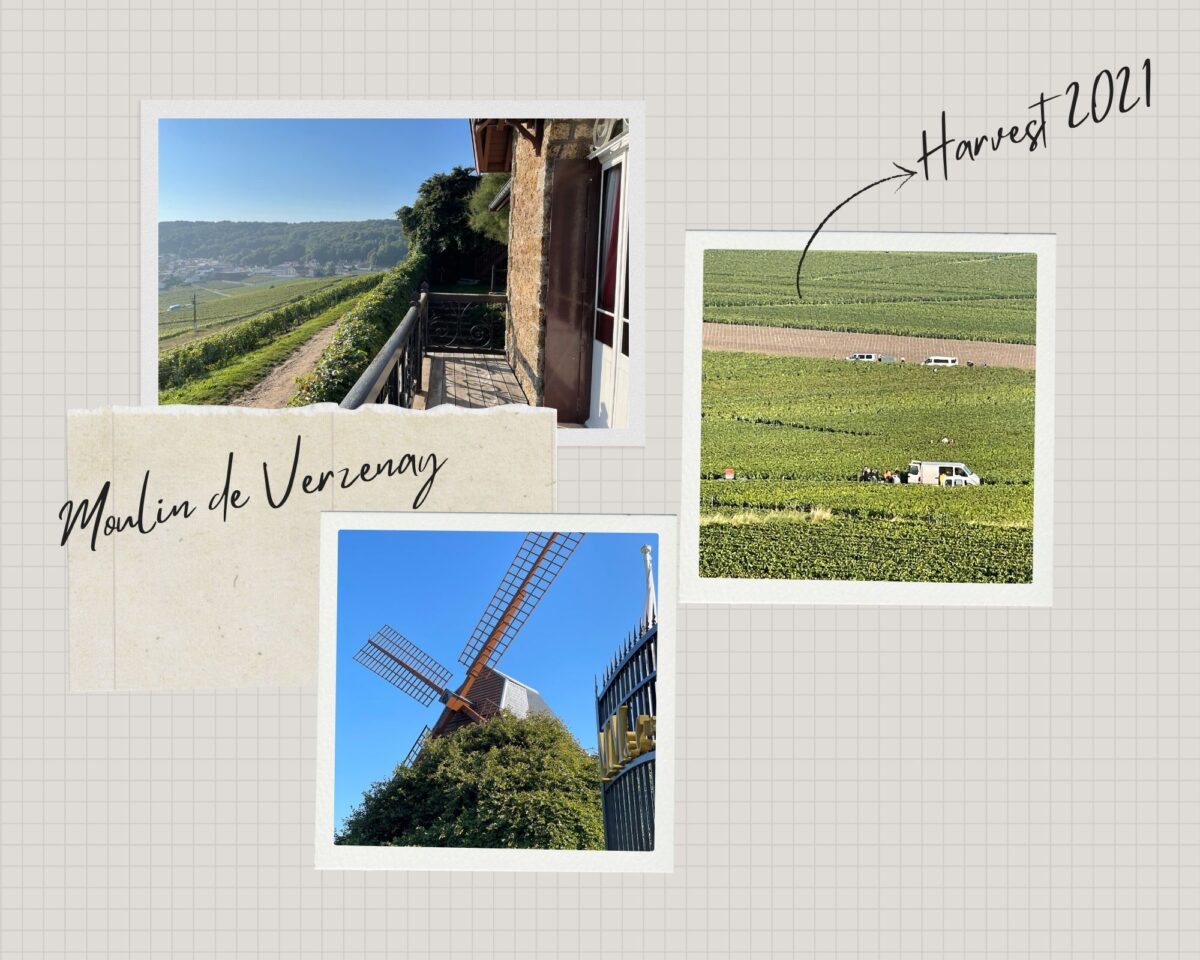
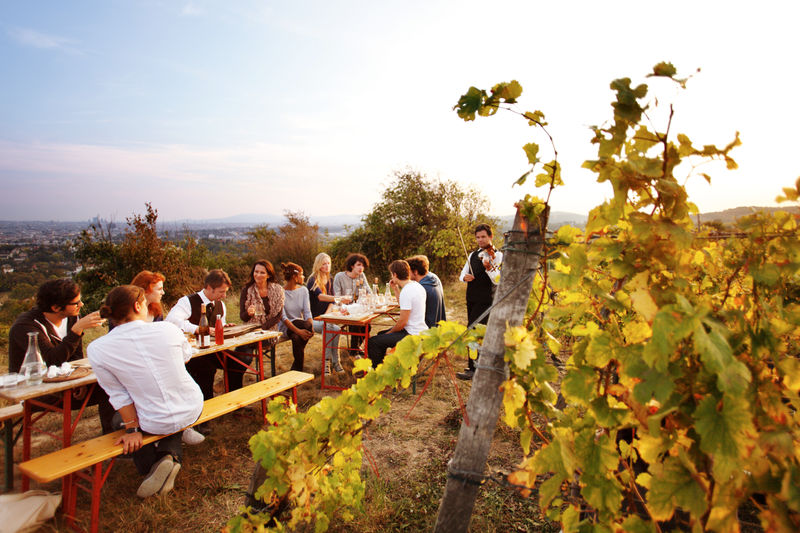
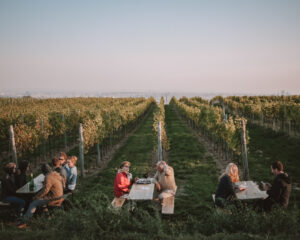

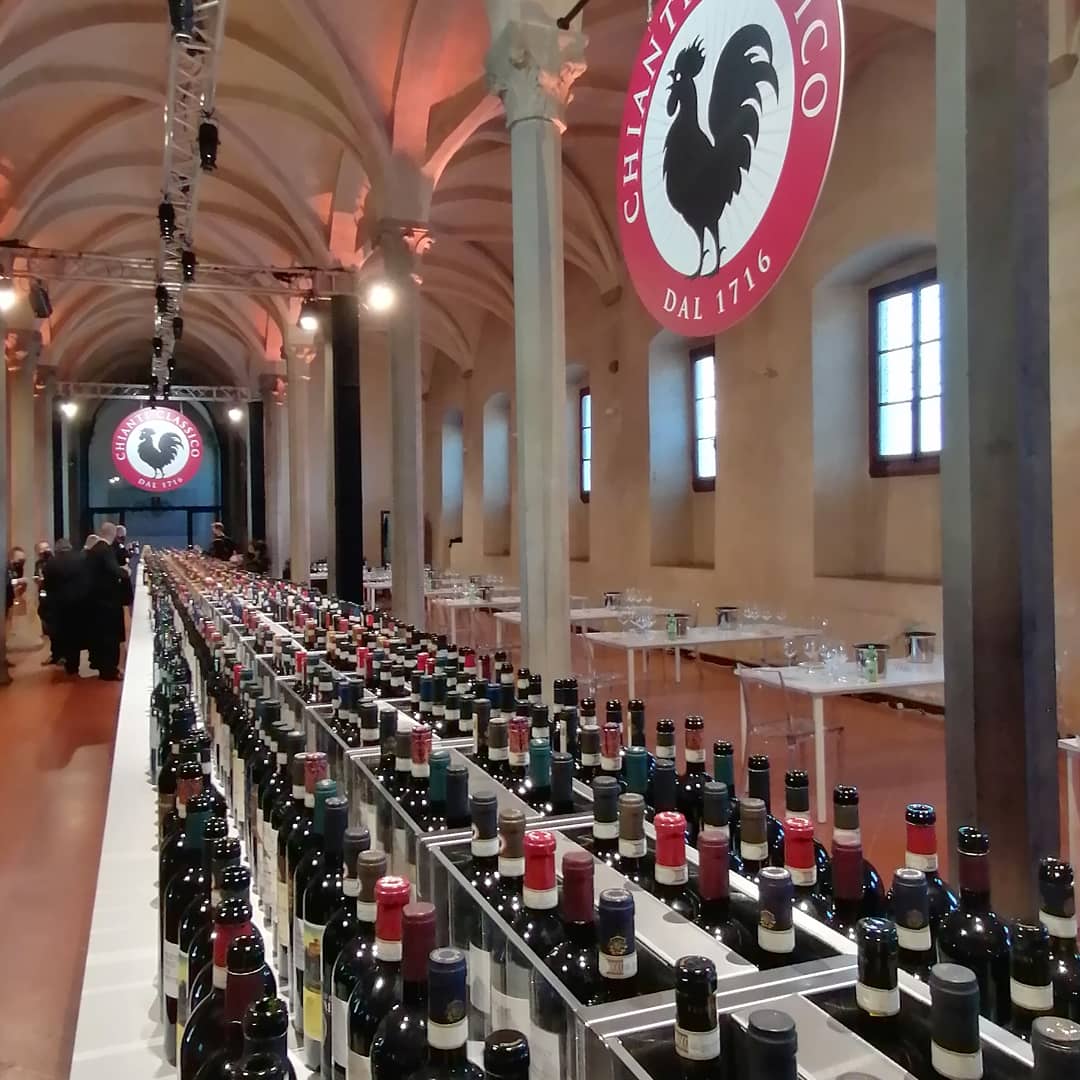
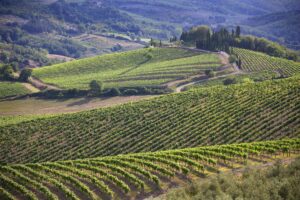 Chianti Classico Collection in 2021 becomes “Chianti Classico Connection”
Chianti Classico Collection in 2021 becomes “Chianti Classico Connection”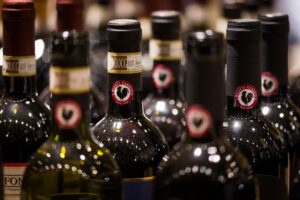 The “Collection”, this year, was entitled “CC” (Chianti Classico) “Connection”. This global event is synchronized in 5 different countries, including multiple days at the end of May for Chicago, Florence, London and New York and the end of June was reserved for Munich, and Tokyo. In these six important cities, the Black Rooster presented a hybrid format combining an in-person tasting for the sector’s professionals and online interaction with the producers. The Consortium gathered a selected international audience from the wine sector, with the attendance being over 2,800 experts and members of the press, 400 wines being presented with10,000 bottles being tasted.
The “Collection”, this year, was entitled “CC” (Chianti Classico) “Connection”. This global event is synchronized in 5 different countries, including multiple days at the end of May for Chicago, Florence, London and New York and the end of June was reserved for Munich, and Tokyo. In these six important cities, the Black Rooster presented a hybrid format combining an in-person tasting for the sector’s professionals and online interaction with the producers. The Consortium gathered a selected international audience from the wine sector, with the attendance being over 2,800 experts and members of the press, 400 wines being presented with10,000 bottles being tasted.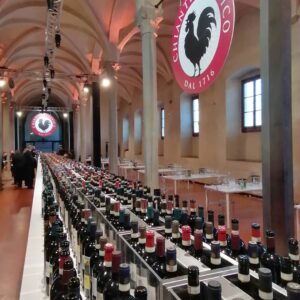 Chianti Classico Moving Forward
Chianti Classico Moving Forward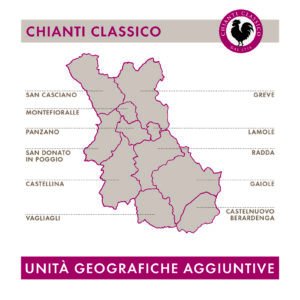 Gran Selezione Regulation Switches Toward Sangiovese
Gran Selezione Regulation Switches Toward Sangiovese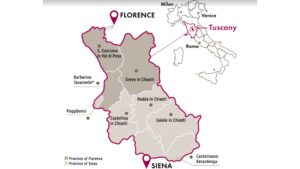 Chianti Classico Passport
Chianti Classico Passport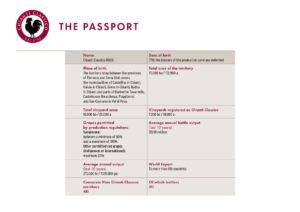
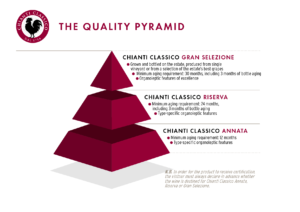 Chianti Classico is offered in three different types that represent its qualitative pyramid:
Chianti Classico is offered in three different types that represent its qualitative pyramid: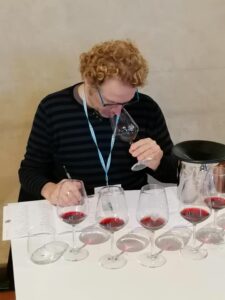 Having spent only one day at Chianti Classico Collection, I have reviewed 162 wines, from Annata Chianti Classico 2019 and 2018, as well as Riserva and Gran Selezione 2018 categories. The Chianti Classico 2019 Annata showed beautiful lively-colored, ripe fruit with great aromatic intensity. An appropriate level of natural acidity guarantees good fragrance. The vast majority of wines I tasted were graceful with slightly lower alcohol content than average previous vintages. The Chianti Classico 2018 Annata, in general, turned out to be soft, fruity with good structure and balance. This is partly a reflection of the vintage which started cool and continued quite rainy through the summer, ending with nice weather during harvest. I found a wide range of great wines, showing high intensity and complexity of aromas in the Riserva and Gran Selezione 2018 categories.
Having spent only one day at Chianti Classico Collection, I have reviewed 162 wines, from Annata Chianti Classico 2019 and 2018, as well as Riserva and Gran Selezione 2018 categories. The Chianti Classico 2019 Annata showed beautiful lively-colored, ripe fruit with great aromatic intensity. An appropriate level of natural acidity guarantees good fragrance. The vast majority of wines I tasted were graceful with slightly lower alcohol content than average previous vintages. The Chianti Classico 2018 Annata, in general, turned out to be soft, fruity with good structure and balance. This is partly a reflection of the vintage which started cool and continued quite rainy through the summer, ending with nice weather during harvest. I found a wide range of great wines, showing high intensity and complexity of aromas in the Riserva and Gran Selezione 2018 categories.